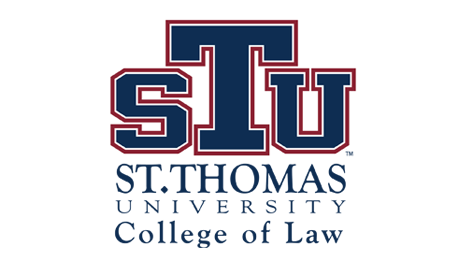St. Thomas Law Review
First Page
743
Document Type
Article
Abstract
During the period from 1974 to 1982 the Supreme Court of the United States decided three cases in which the late Richard M. Nixon, the 37th President of the United States of America was involved as an appellant/ petitioner. All three cases decided by the United States Supreme Court bore the name of Richard Nixon in the title of the cases. This Article will attempt to discern some of the legal and constitutional issues which have arisen from these "Three Nixon" cases. Some of the issues in these cases would inevitably have arisen out of issues that are peculiar to principles and applications of United States Constitutional Law. However, some of the principles that were discussed in the Nixon cases might also have some "roots" in and be reflective of the common law. A country which (generally) shares the "common law heritage" with the United States is Malaysia. Undoubtedly there are significant differences in the legal and constitutional systems of the United States and Malaysia. However, both share a "common law heritage" in that, at some time in the past both were colonized or settled by the British. Even though customary law and Islamic law form an essential part of the legal system of Malaysia, in general terms, Malaysia, like the United States, can still be described as (in part) a "common law country." It is with this general perspective or "view point" in mind that a comparison between the constitutional principles or doctrines that can be said to have emanated or derived from the three Nixon cases are made with those of Malaysian constitutional principles, doctrines and practices. This author is also aware of the fact that notwithstanding the very general "sharing" of the common law system, the constitutional systems of the United States and Malaysia are significantly different. The United States of America is one of the oldest Republican governments in the world, with an executive "presidential system." whereas Malaysia is a constitutional monarchy. Be that as it may, some of the main legal issues or at least the legal semantics that emerged out of Nixon , Nixon II, and Nixon III respectively can be said to be those of "executive privilege," "separation of powers/free political speech/bill of attainder" and "presidential/ Rulers' immunity." Perhaps due to the general sharing of the common law legal heritage similar doctrines/semantics can also be discerned in general Malaysian law as well as in constitutional law and practice. Needless to say even though the legal semantics or vocabulary that are employed in the three Nixon cases can be discerned in Malaysian law, they do have different meanings, implications and applications - at least at times- in Malaysia. This Article is an attempt to extrapolate and analyze the "parallels" of the three Nixon cases in Malaysian constitutional and general law.
Recommended Citation
Myint Zan,
The Three Nixon Cases and Their Parallels in Malaysia,
13
St. Thomas L. Rev.
743
(2001).
Available at:
https://scholarship.stu.edu/stlr/vol13/iss3/7

